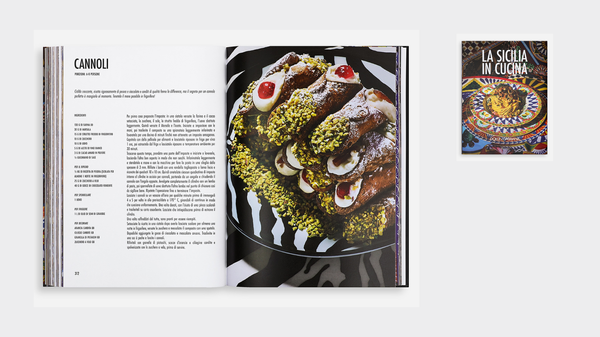The Hidden Secrets of the Eggs Worth Millions
Fabergé eggs are iconic jewels known for their intricate design, hidden surprises, and high value in the art world today.
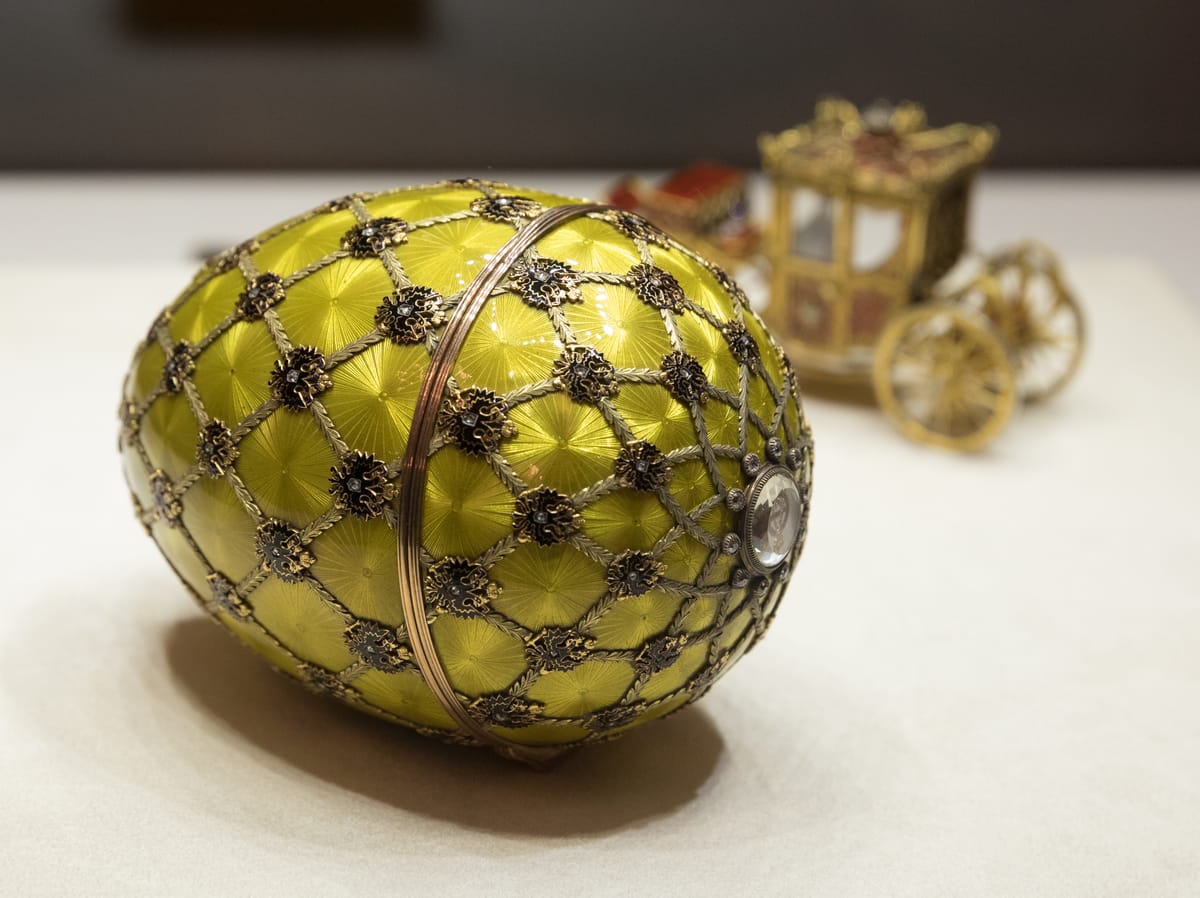
Fabergé eggs are among the most opulent and intriguing objects ever created. Renowned for their intricate design and artistry, these jewelled masterpieces have captivated collectors and historians alike. The story behind these extraordinary eggs is a fascinating tale of innovation, artistry, and historical intrigue.
Origins and creation
The Fabergé egg phenomenon began in 1885 when Tsar Alexander III of Russia commissioned Peter Carl Fabergé, a skilled jeweller, to create a unique Easter egg for his wife, Empress Maria Feodorovna. This initial egg, known as the "Imperial Egg," delighted the Empress so much that it established a tradition of annual Fabergé egg gifts.
Peter Carl Fabergé was celebrated for his exceptional craftsmanship. Although the House of Fabergé was originally founded by his father, Gustav Fabergé, in 1842, Peter Carl Fabergé joined the family business in 1872 and took over its leadership. Under his direction, the business expanded significantly and became renowned for its intricate detailing, inventive designs, and superior quality. Fabergé eggs, in particular, were more than decorative objects; many contained hidden surprises or compartments, showcasing Fabergé’s innovative approach to jewellery design.
The Imperial Eggs
The first Imperial Fabergé egg, crafted in 1885, was a white enamel masterpiece adorned with gold. It featured a golden yolk that opened to reveal a tiny gold hen. Inside this hen was a miniature imperial crown, which could be removed and worn as a pendant.
Following the success of this initial creation, Fabergé was commissioned to produce a new egg each year for the Imperial family. Over the next thirty years, a total of fifty-four Imperial eggs were made, each with unique designs and hidden surprises. Notable examples include the "Imperial Coronation Egg" of 1897, which contained a miniature replica of the Imperial regalia, and the "Rosebud Egg" of 1895, which hid a rosebud that opened to reveal a diamond pendant.
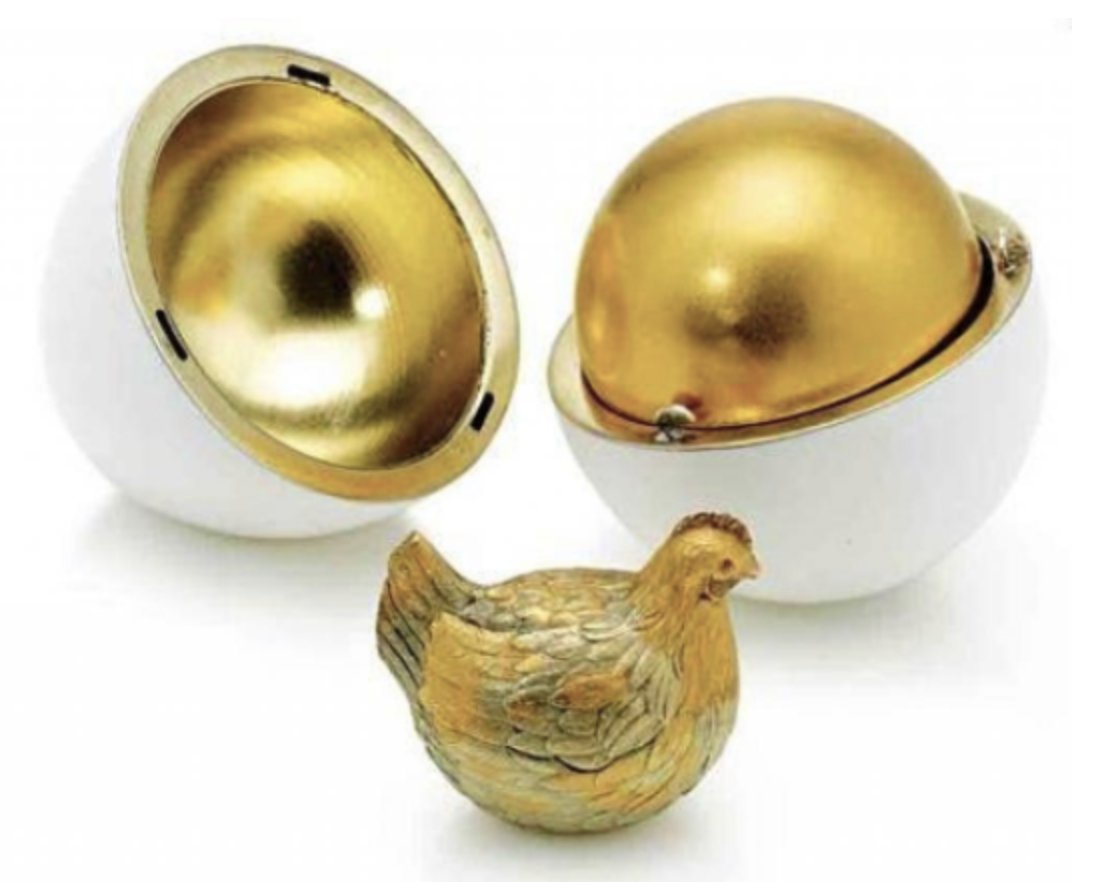
The Artistry
Fabergé eggs are renowned for their meticulous artistry. Each egg was crafted from precious materials such as gold, platinum, and enamel and often included gemstones like diamonds, rubies, and sapphires. The creation of a Fabergé egg was a labour-intensive process involving detailed planning and skilled execution. Fabergé employed a team of highly skilled artisans who specialised in various aspects of jewellery making, including enamelling and gem setting.
These eggs were not merely decorative; many contained hidden surprises, such as miniature portraits, delicate mechanical toys, or intricate scenes. These surprises were designed to be revealed only upon opening the egg, adding an element of mystery and delight.
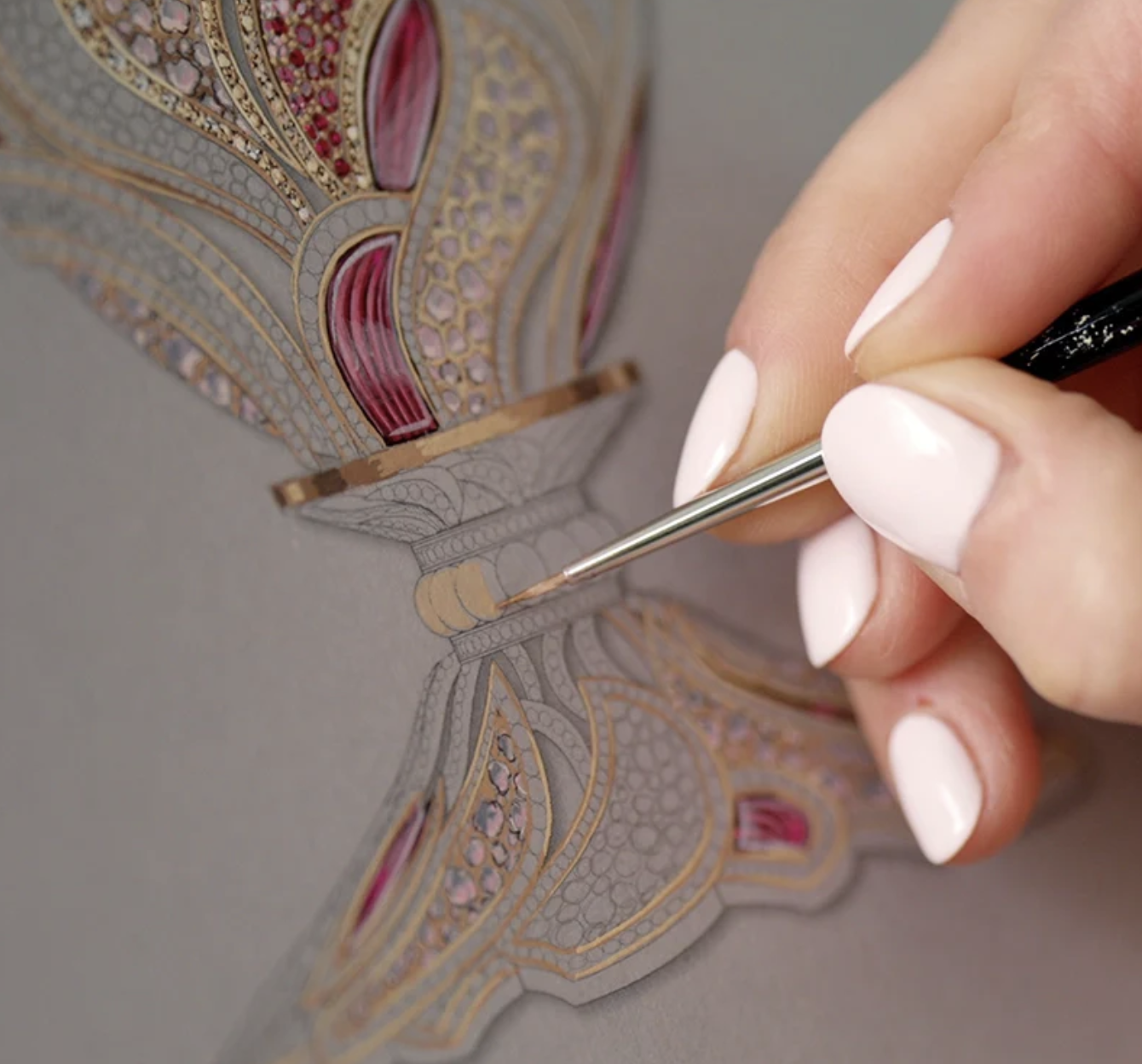
The decline and legacy
The Russian Revolution of 1917 marked the end of the Imperial era and led to the decline of the House of Fabergé. The fall of the Romanov dynasty resulted in the nationalisation of the Fabergé workshop and the dispersal of many of its creations. Numerous Imperial eggs were lost, sold, or scattered around the world.
Despite this, Fabergé's legacy endures. Today, the surviving Fabergé eggs are considered masterpieces of decorative art and are highly sought after by collectors and museums.
Modern valuation
The value of Fabergé eggs has soared in recent years, reflecting their status as rare and coveted artefacts. Genuine Fabergé eggs can command prices ranging from several million to tens of millions of euros, depending on their rarity, historical significance, and condition. For instance, the "Imperial Coronation Egg" was sold for approximately €24 million at auction in 2004.
The high values associated with these eggs underscore their importance not only as historical treasures but also as symbols of opulence and extraordinary work. They remain among the most expensive and prestigious collectables in the world.
Modern reproductions and influence
The allure of Fabergé eggs extends beyond their historical context. Modern reproductions and interpretations of Fabergé's designs continue to captivate collectors and enthusiasts. While these reproductions are not original, they often strive to emulate the craftsmanship and artistry of the originals.
Fabergé's influence also extends to popular culture, with references to his eggs appearing in literature, film, and art. The eggs symbolise not only luxury and wealth but also the creativity and expertise of a bygone era.
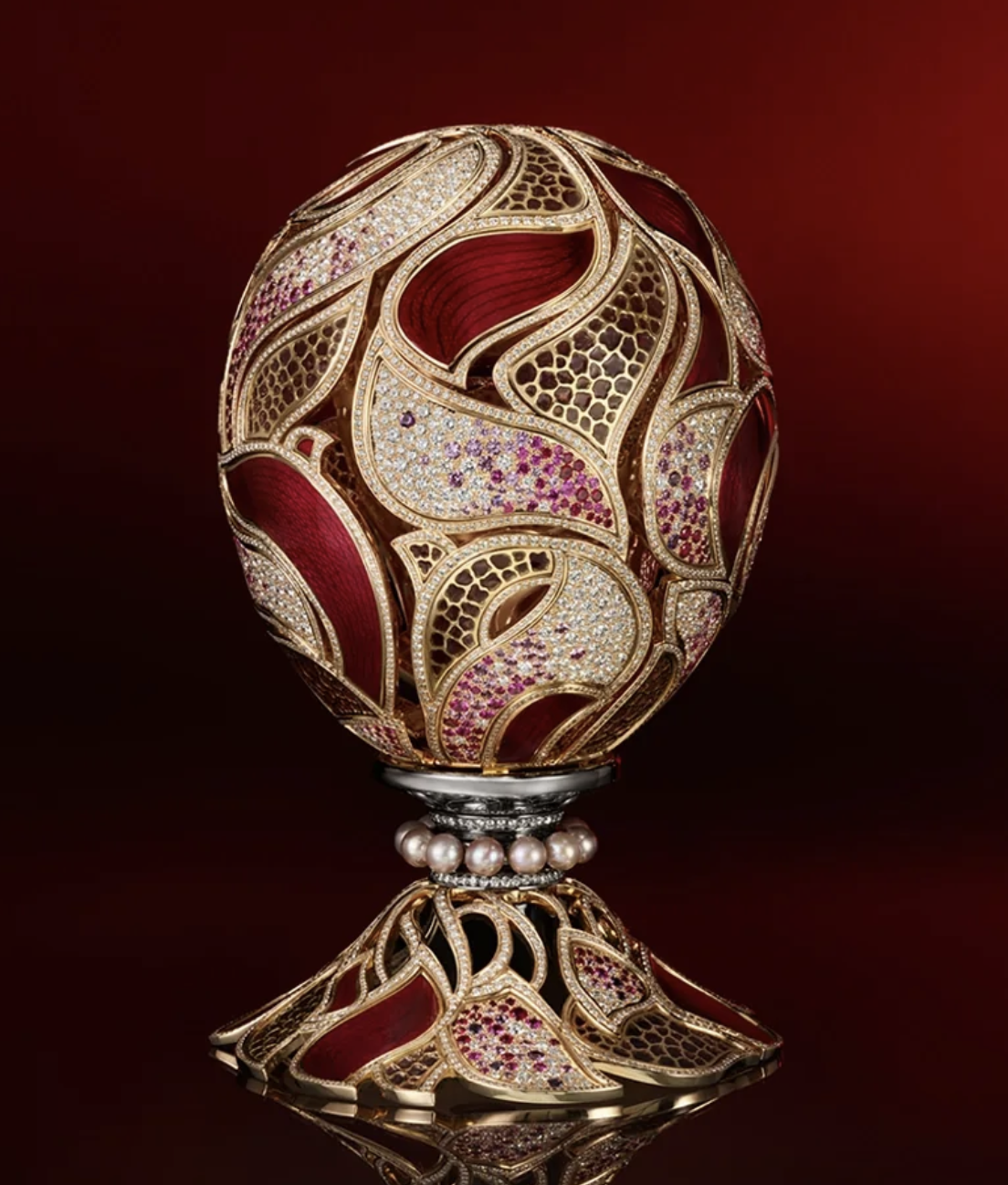
The hidden secrets of Fabergé eggs reveal a captivating chapter in the history of decorative arts. From their origins as imperial gifts to their status as icons of luxury, Fabergé eggs continue to fascinate and inspire. They represent a unique intersection of art and history, capturing the grandeur and creativity of their time. This legacy endures with the recent launch of the Fabergé x Gemfields Malaika Egg in July 2024, a stunning creation that seamlessly blends tradition with modern contemporary skill. As we explore these exquisite creations, we are reminded of the timeless appeal of true artistry and the enduring legacy of Peter Carl Fabergé.



